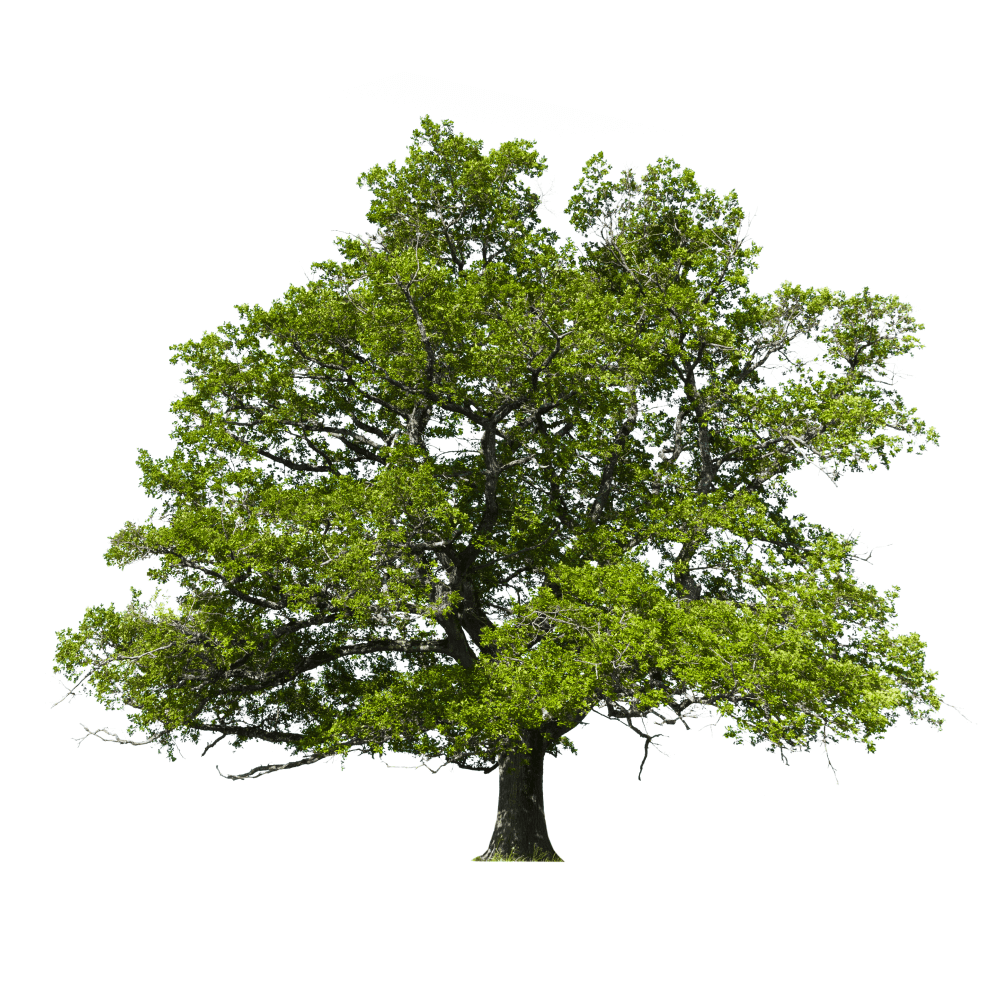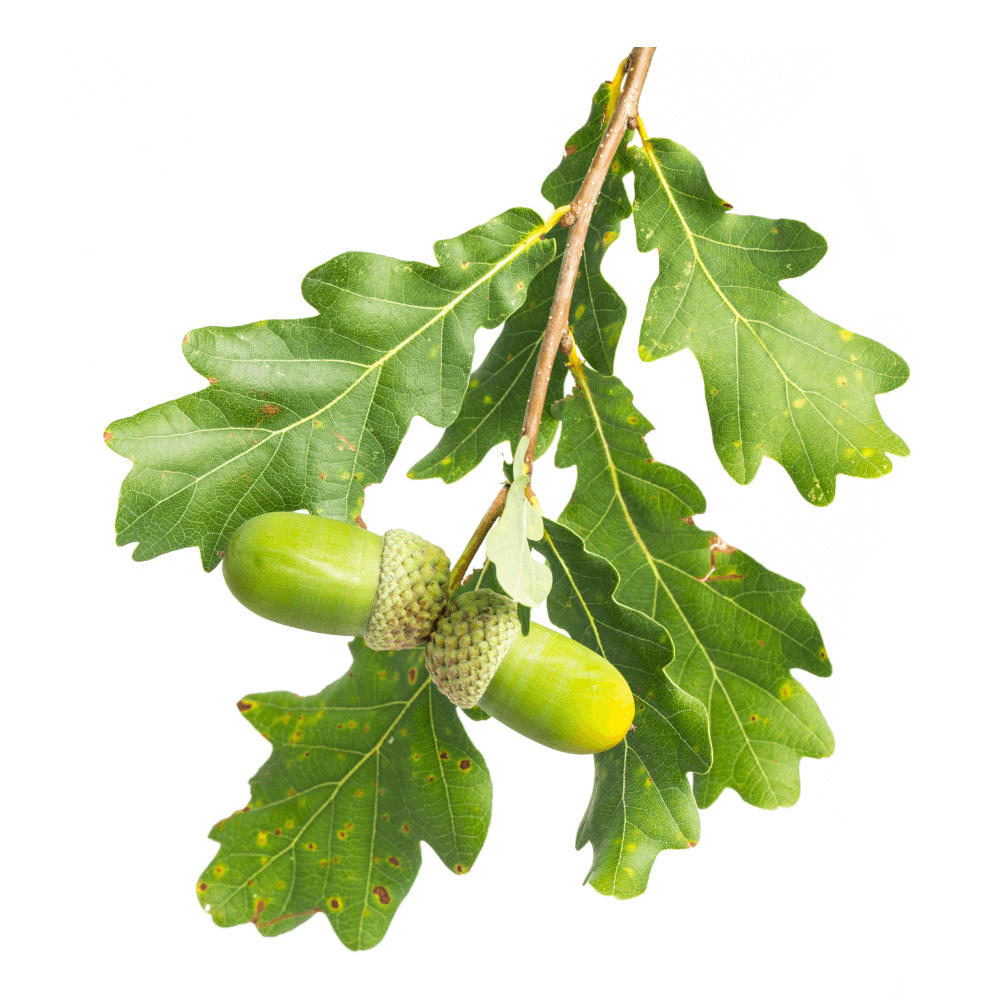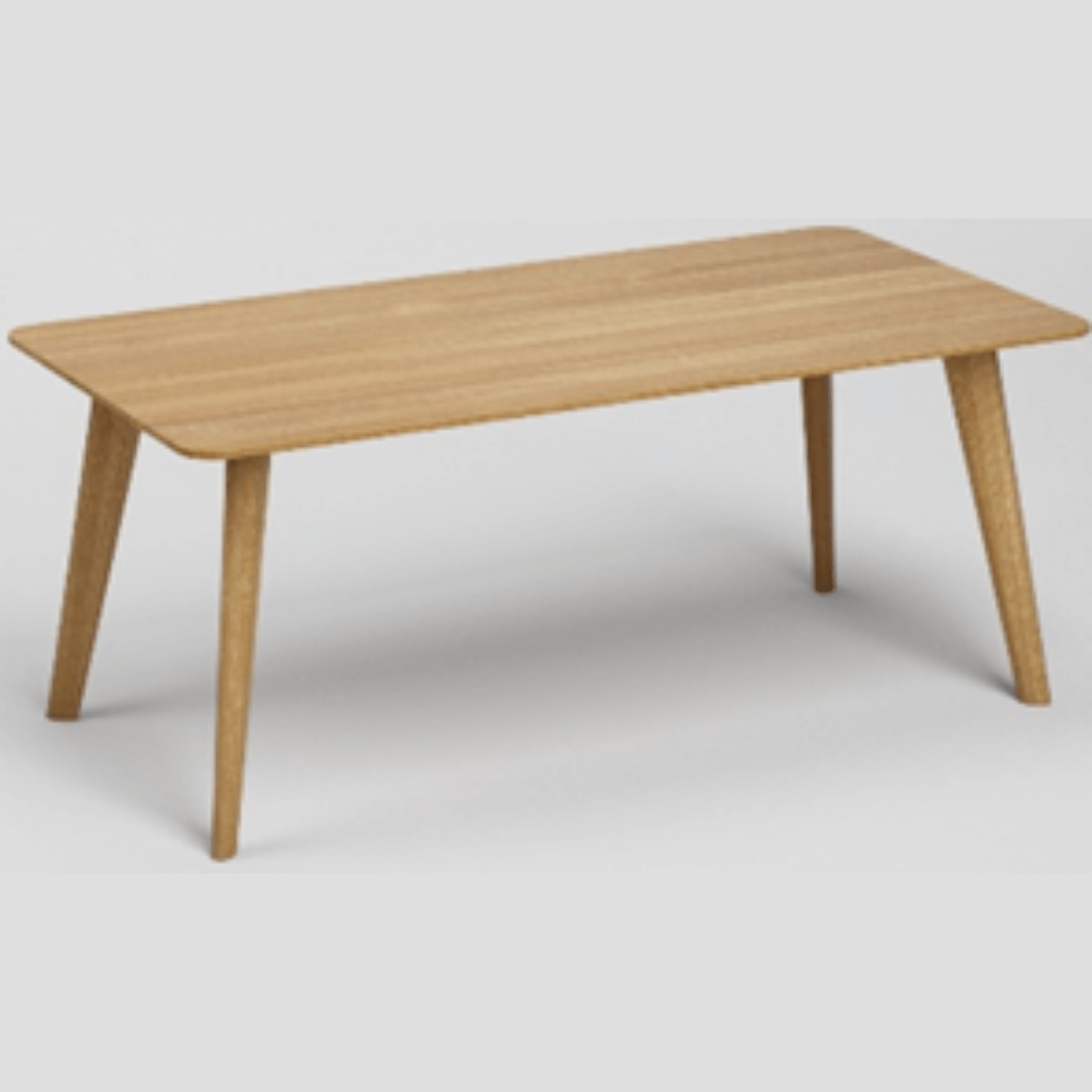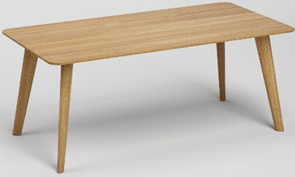Knotty Oak / Wild oak
bot. Quercus robur

The knotty oak does not differ botanically from the other qualities of oak . Rather, the term refers to the special kind of appearance of the wood. Knotty oak is characterised by the wood’s grain being interspersed with natural growth cracks, intergrown knots and inclusions. In the past, knotty qualities were sorted out because there was no demand for them in the wood processing industry. In the meantime, knotty qualities are in great demand, especially in furniture making. While ” regular” oak wood has a calmer structure and grain, the knotty oak wood shows wilder characteristics and small cracks. The wood is therefore particularly suitable for solid wood furniture with a characteristic appearance, where the natural growth cracks are left in the wood for design reasons. Contrary to conventional oak quality, knotty oak is rather limited in availability and difficult to source.
Comments
Sapwood weak, heartwood durable. Weather resistant.
Hardness grade
30
Color
Wood with mandatory coloured heartwood, sapwood light (yellowish white), heartwood yellowish-brown to dark brown.
In forests and close crops, the trees tend to grow without knots, as they only unfold their crown when they reach daylight. Whereas free-standing trees or trees at the edge of the forest tend to grow knot-free, as the crown is formed and developed early.
To ensure that the knots are evenly and attractively distributed on the boards and products, it requires careful sorting and manual assembly of the slats before gluing.
Origin
- Habitat throughout Europe to Asia Minor, mainly in mixed hardwood forests, but also in open areas (often in meadows and parks).
- No occurrence in central and northern Scandinavia and large parts of Spain.
Wood character
- Decorative, streaky hardwood characterised by wood features such as intergrown knots, growth cracks and inclusions. Knots and cracks are puttied black at vonrickenbach.swiss ag.
- The light-coloured sapwood is rarely used in interior finishing, as it is often affected by vermin and/or mould.
- The wood rays can appear on the wood surface as clearly visible "mirrors".
Use
- The knotty oak is used for table tops, covers, beds and other flat pieces, the decorative pattern of the knotty oak is most effective on larger surfaces.
Characteristics
Weight: 690 KG/M³
Weight (Average bulk density air dry, ᵨ 12...15)
Average hardness: 30 N/MM²
Average hardness according to Brinell (radial)
Stability: mittel
Dimensional and form stability
Durability: dauerhaft
Natural durability according to DIN-EN 350-2




